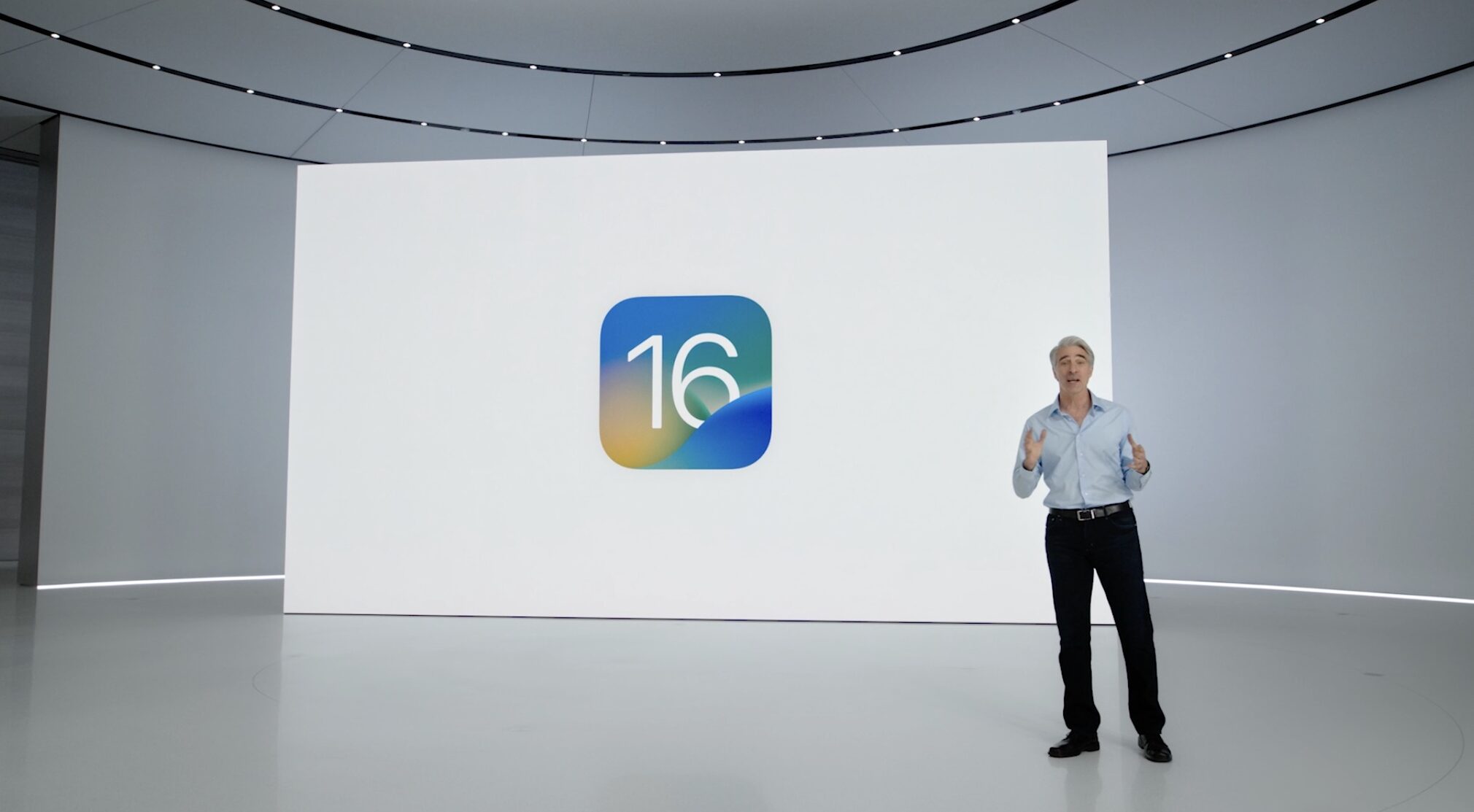Apple is bringing support for AVIF images to the iPhone, iPad and Mac with the upcoming releases of iOS 16, iPadOS 16 and macOS 13 Ventura.

- AVIF is a relatively new image file format specification, finalized in 2019 and backed by Google, Microsoft, Amazon, Netflix and other companies.
- AVIF produces smaller files than the ubiquitous JPEG. Even better, it preserves more detail and shows less of the annoying blocking artifacts and color bleeding.
- Google’s Chrome browser on both desktop and mobile supports AVIF images. Mozilla Firefox is another non-Apple browser that supports AVIF images.
iOS 16 introduces support for AVIF images
Apple with its iOS 16, iPadOS 16 and macOS 13 Ventura updates will support AVIF images when the updates release commercially this fall. On macOS Ventura, you can open and download AVIF images using the latest version of Safari Technology Preview, a special version of the Safari browser for testing upcoming features. AVIF images may also be supported on the Apple Watch with watchOS 9, as well as on the Apple TV with tvOS 16, but we couldn’t verify that at the time of writing.
WebKit actually picked up AVIF support in March 2021 but Safari didn’t initially implement it because macOS didn’t support AVIF images back then. The WebKit rendering engine doesn’t handle images by itself. Instead, image decoding for Safari (or any other Mac app) is handled by macOS. And now with macOS Ventura, iOS 16 and iPadOS 16, you will be able to open and use AVIF images on your Mac, iPhone and iPad without having to use any apps for file format conversion.
Does AVIF work on other platforms?
The Google Chrome and Mozilla Firefox browsers have supported AVIF images since 2019. Microsoft with Windows 10 brought support for AVIF images to File Explorer and the Paint app. Android supports AVIF as of version 12.0, which launched in October 2021. On top of that, AVIF is widely supported in Linux distributions.
What’s so great about AVIF?
For starters, AVIF is much better in terms of compression and image quality than the ubiquitous JPEG file format. That’s especially the case with compression artifacts, which can be quite visible on heavily-compressed JPG images. If you see strange pixels and color bleeding around hard edges in images, text and graphics, this is JPG compression at work. Read: How to convert HEIF images to JPG on your iPhone
AVIF overcomes those drawbacks whilst enabling advanced capabilities unsupported by the JPG file format. For instance, modern imaging capabilities such as HDR photography, wide color gamut, film grain, 8, 10 and 12-bit color depths, image sequences and even animations are all supported out of the box.
AVIF, which stands for AV1 Image File Format, uses the AV1 codec that’s predominantly used for video. It’s kinda like a single-frame movie compressed with AV1. The codec itself supports hardware acceleration and is free of patent licensing.
AVIF the new default image format for the iPhone camera?
Apple’s default image format for iPhone photos has been HEIF or High Efficiency Image File Format. HEIF images are encoded with the HEVC codec and stored in the High Efficiency Image File Format (HEIF) container format, which produces HEIC files. Apple’s platforms have supported HEIF since iOS 11 (iOS 15 added WebM audio codec support and a decoder for the VP9 video codec).
Due to its better compression at roughly half the size of JPG, HEIF is the required image format when shooting a 4K video. HEIF can store individual images or image sequences and enable non-destructive image editing. We don’t think Apple will switch from HEIF to AVIF as the default file format for images taken with an iPhone simply because HEIF seems to perform better at low bitrate settings than AVIF.